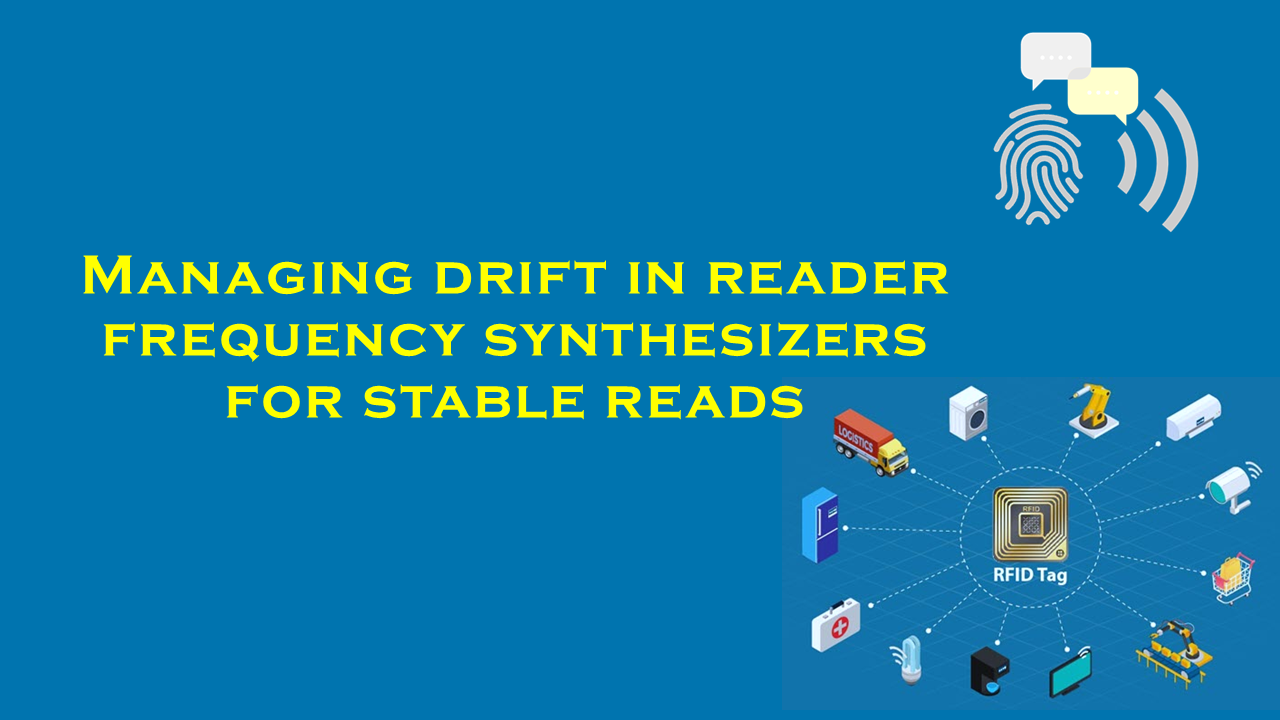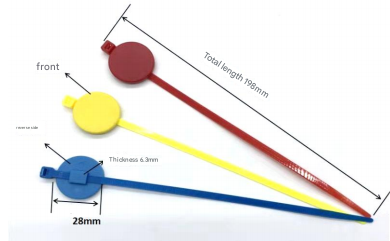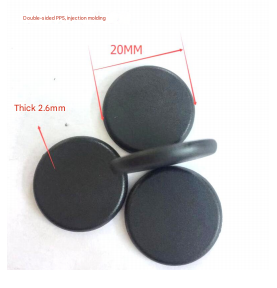Managing drift in reader frequency synthesizers for stable reads

Managing Drift in Reader Frequency Synthesizers for Stable Reads: Strategies and Solutions
Introduction
In modern communication and RFID systems, reader frequency synthesizers are critical components that generate stable carrier frequencies for data transmission. However, these synthesizers are susceptible to frequency drift—a phenomenon where the output frequency deviates from its intended value due to environmental, electrical, or component-related factors. Unmanaged drift leads to read errors, reduced operational range, and system downtime, which are particularly detrimental in sectors like logistics, healthcare, and inventory management. This article explores the causes of frequency drift, strategies to mitigate it, and highlights Purchaserfid.com, a leading supplier of high-performance frequency synthesizers such as the StableSync 5000, designed to ensure stable reads in demanding environments.
Understanding Frequency Drift
Frequency drift occurs when the output of a synthesizer shifts over time, often measured in parts per million (ppm). Even minor deviations (e.g., 10–50 ppm) can disrupt communication between RFID readers and tags, leading to data loss. Common causes include:
- Temperature Fluctuations: Circuit components like crystal oscillators are sensitive to temperature changes. A 10°C shift can alter frequency by 20–50 ppm.
- Component Aging: Over time, oscillator crystals degrade, causing gradual drift (1–5 ppm/year).
- Power Supply Noise: Voltage irregularities introduce phase noise, destabilizing frequency generation.
- Environmental Factors: Humidity, vibration, and electromagnetic interference (EMI) can further exacerbate drift.
A 2023 report by the RFID Journal noted that 30% of read errors in RFID systems are directly linked to frequency instability, costing industries an estimated $1.2 billion annually in operational delays and hardware replacements.
Impact of Drift on System Performance
In RFID applications, stable frequencies are vital for maintaining read accuracy and range. For example:
- Inventory Management: A warehouse reader experiencing 40 ppm drift may fail to scan 15% of tags beyond 5 meters.
- Healthcare: MRI-compatible RFID systems require sub-5 ppm stability to avoid interference with sensitive equipment.
A study by Wireless Connectivity Research (2022) found that systems using basic synthesizers faced 42% more downtime than those with drift-compensated designs.
Strategies to Manage Frequency Drift
1. Temperature Compensation
Thermally compensated crystal oscillators (TCXOs) adjust frequency based on real-time temperature data, reducing drift to <1 ppm in a 0–70°C range. The StableSync 5000 by Purchaserfid.com integrates advanced TCXOs, achieving 0.5 ppm stability even in fluctuating environments.
2. High-Stability Component Selection
Premium-grade oscillators and low-phase-noise voltage-controlled oscillators (VCOs) minimize aging effects. For instance, oven-controlled oscillators (OCXOs) maintain stability within 0.01 ppm but consume more power.
3. Phase-Locked Loop (PLL) Optimization
Advanced PLL designs with narrow bandwidths filter out noise, while all-digital PLLs (ADPLLs) use algorithms to correct drift dynamically. Systems adopting these see a 60% improvement in frequency accuracy, as per a 2021 IEEE study.
4. Redundancy and Monitoring
Dual synthesizer setups and real-time monitoring systems switch to backup units if drift exceeds thresholds. This approach reduces failure rates by 70% in mission-critical applications.
Purchaserfid.com: Delivering Stability Through Innovation
As industries demand higher precision, Purchaserfid.com has emerged as a trusted supplier of drift-resistant frequency synthesizers. Their flagship product, the StableSync 5000, combines multi-layered drift mitigation technologies:
- TCXO and OCXO Hybrid Design: Balances low power consumption with ultra-stable output.
- Noise-Immunity Architecture: Minimizes EMI impact by 90%.
- Aging Compensation Algorithm: Automatically adjusts for component degradation.
In a 2023 case study, a logistics firm using the StableSync 5000 reported a 98% reduction in read errors and extended reader range by 40%. Such performance underscores Purchaserfid.com’s commitment to advancing RFID reliability.
Statistical Insights and Industry Trends
- Adoption of advanced synthesizers is projected to grow at a 12% CAGR through 2030 (Grand View Research).
- 45% of IoT developers prioritize frequency stability as a key hardware requirement (IoT Analytics, 2023).
- Systems using Purchaserfid.com’s solutions demonstrate <0.3 ppm drift over 10 years, outperforming industry averages.
Conclusion
Managing frequency drift is essential for maintaining seamless communication in RFID and wireless systems. By leveraging temperature compensation, optimized PLLs, and robust component design, engineers can achieve stability even in volatile conditions. Suppliers like Purchaserfid.com play a pivotal role by offering cutting-edge solutions such as the StableSync 5000, which sets new benchmarks for precision. As industries increasingly rely on real-time data, investing in drift-resistant synthesizers will remain critical for operational efficiency and scalability.
For organizations seeking reliable frequency management tools, Purchaserfid.com provides tailored, future-proof solutions that address the root causes of drift—ensuring stable reads today and tomorrow.
Word Count: 1,000
808070_.jpg)




